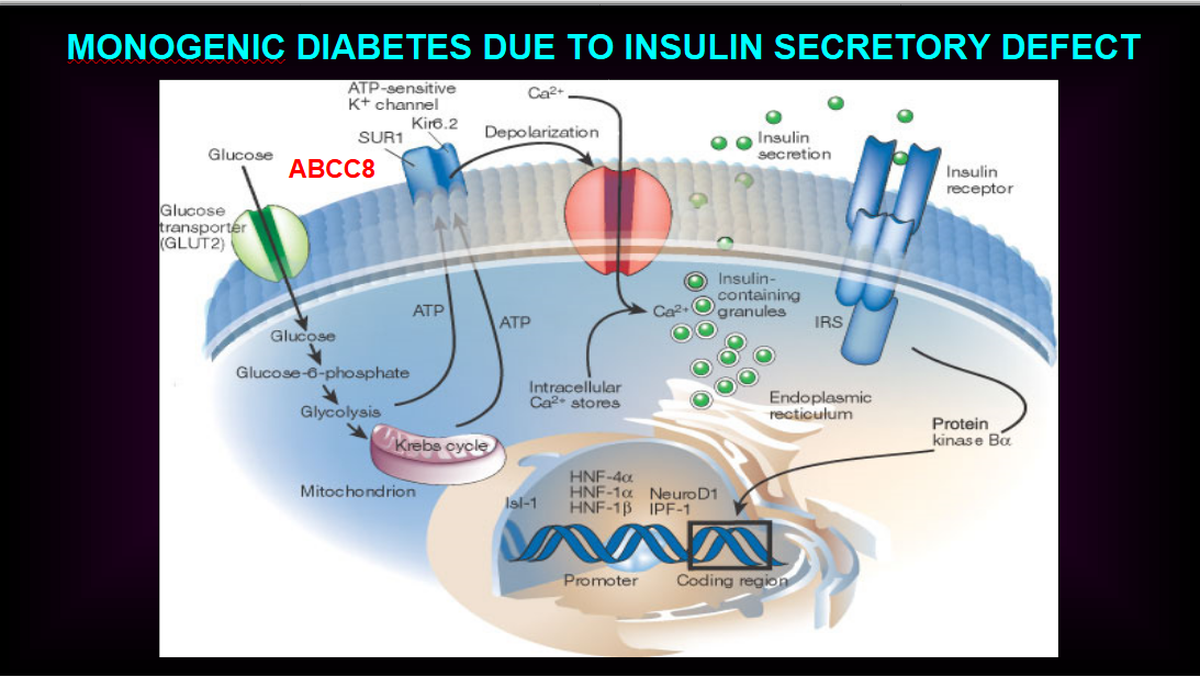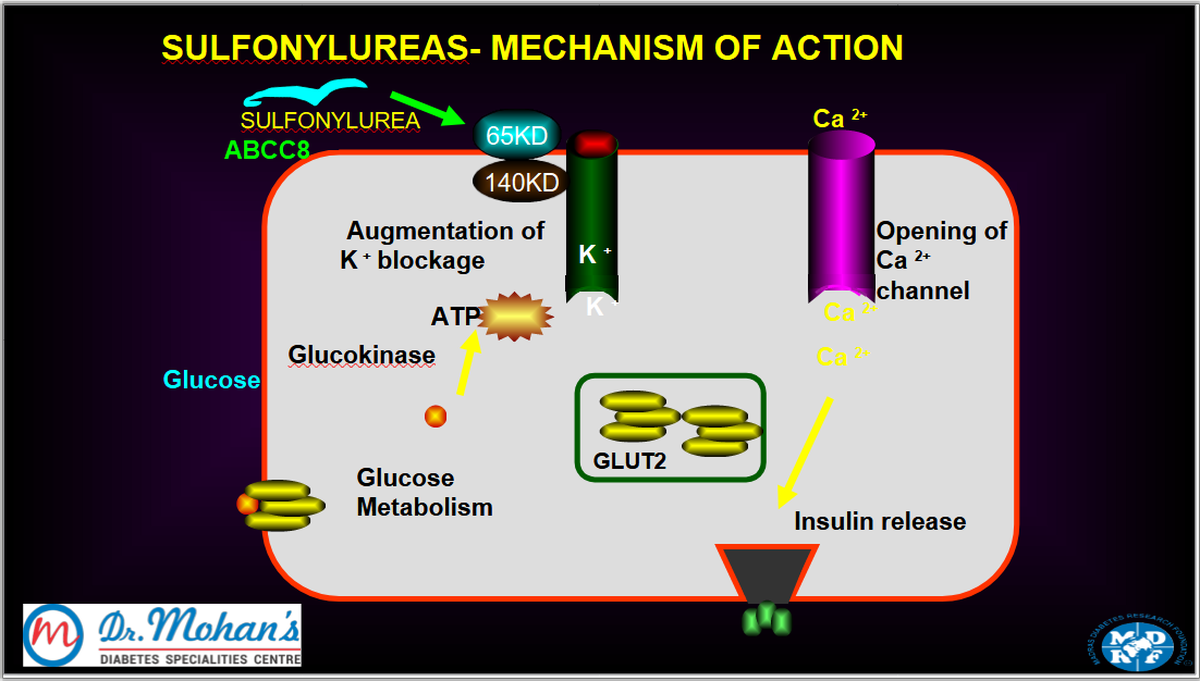The Maternal Mortality Ratio (MMR) in India declined to 93 per lakh live births in 2019-21 from 97 in 2018-20, and 103 in 2017-2019, according to the latest data released by the Office of the Registrar General and Census Commissioner of India.
The data show the highest MMR occurs in the 20-29 years age group, and the second highest MMR is seen in the 30-34 years age group.
Several States, including Madhya Pradesh (175), Assam (167), Uttar Pradesh (151), Odisha (135), Chhattisgarh (132), West Bengal (109), and Haryana (106), have high MMRs.
The Registrar General arrives at estimates on fertility and mortality using the Sample Registration System, one of the largest demographic sample surveys in the country.
The MMR in a region is a measure of the reproductive health of women in the area. One of the key indicators of maternal mortality is the MMR, defined as the number of maternal deaths during a given time period per 100,000 live births during the same time period as reported.
The U.N.’s Sustainable Development Goals (SDGs) aim at reducing global MMR to to less than 70 per 100,000 live births.
Many women in the reproductive age span die due to complications during and following pregnancy and childbirth, or abortion. “Maternal death is the death of a woman while pregnant or within 42 days of termination of pregnancy, irrespective of the duration and site of the pregnancy, from any cause related to or aggravated by the pregnancy or its management but not from accidental or incidental causes,” according to the World Health Organization (WHO).
The data states that maternal deaths, being a rare event, require prohibitively large sample sizes to provide robust estimates.
The WHO notes that, every day in 2023, over 700 women died from preventable causes related to pregnancy and childbirth. “A maternal death occurred almost every 2 minutes in 2023. Between 2000 and 2023, the MMR…dropped by about 40% worldwide. Just over 90% of all maternal deaths occurred in low- and lower-middle-income countries in 2023. Care by skilled health professionals before, during and after childbirth can save the lives of women and newborns,’’ the WHO said.
Published – May 08, 2025 10:10 pm IST


















![Top 10 Countries With Most Powerful Military Strength [2025] – Forbes India Top 10 Countries With Most Powerful Military Strength [2025] – Forbes India](https://i1.wp.com/images.forbesindia.com/media/images/2023/Nov/img_223273_top10countrieswithstrongestmilitarypower.jpg?w=400&resize=400,240&ssl=1)
![Top 10 Countries With Most Powerful Military Strength [2025] – Forbes India Top 10 Countries With Most Powerful Military Strength [2025] – Forbes India](https://i1.wp.com/images.forbesindia.com/media/images/2023/Nov/img_223273_top10countrieswithstrongestmilitarypower.jpg?w=80&resize=80,80&ssl=1)





